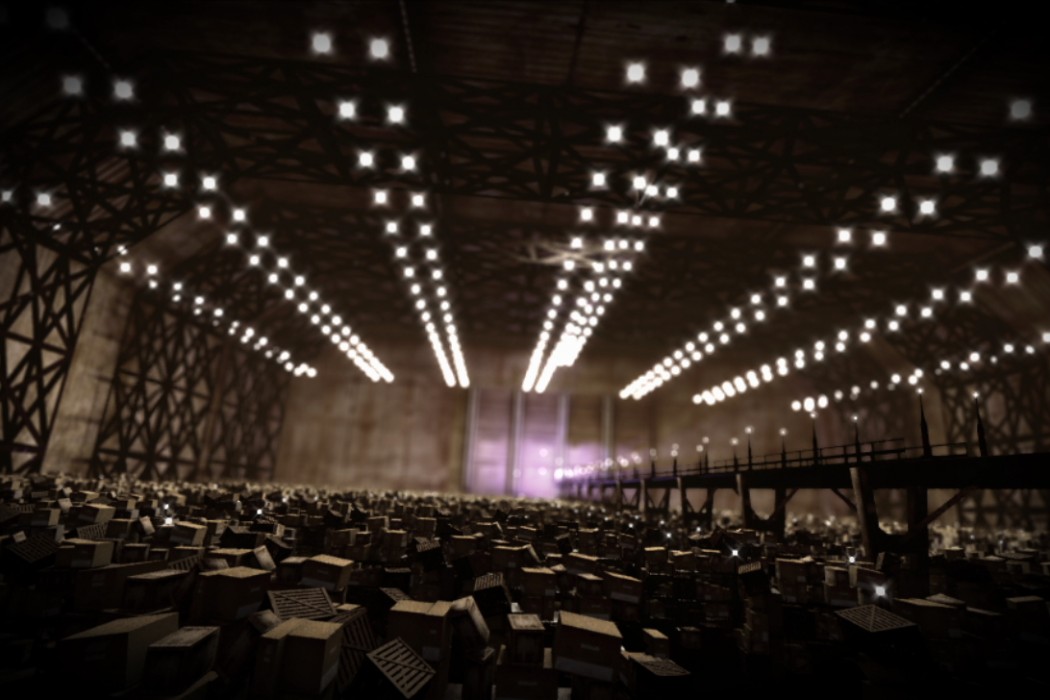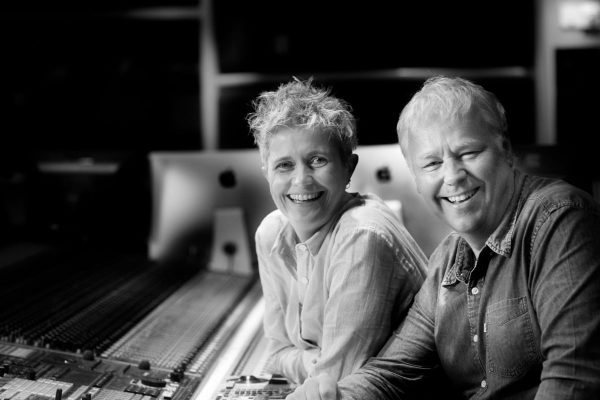“And that is exactly what we do here. We take the unexplained … and we just safely tuck it away in this super-sized Pandora’s Box.” – Artie, “Warehouse 13, 2009 – 2012,” Universal Cable Productions.
When the big studios and networks were in their heyday, the M&E (media & entertainment) industry was easy to find. It was a neatly defined marketplace where people sold cameras, production/post production systems, film and other storage as well as a dizzying array of support equipment; and thousands of folks slaved away dreaming of their big break in front of and behind the camera.
BAM!! That easily defined world has exploded into a million different directions.
It started innocently enough as folks like Blackmagic, AJA, Harmonics and Adobe found ways to sell their stuff at unprecedented prices. They introduced sub-$4,000 4K cameras, production/post production workstations that ran on laptops, editing/special effects software tools for the price of dinner at a cheap restaurant and low-cost/high-capacity storage.
Very quickly schools, houses of worship, business education/training/support people, government agencies and millions of independent media folks who couldn’t afford the old tools, discovered they could afford the tools they needed to effectively tell their story. Of course, the Internet opened up new distribution doors because you no longer needed to own a TV station to reach an audience. With the Internet, your audience is world-wide and a mouse-click away.
While lots of creative folks still call Los Angeles home, organizations take advantage of great production/post production/specialty groups in New Zealand, Australia and Eastern Europe. I even know a very healthy shop on the island of Kauai … they’re there because they can.
Warehouse’s Myka explained, “It’s Carson’s Rule of Linear Transfer.”
I discussed the shift in June with Larry Jordan, an internationally recognized corporate producer and host of the weekly “Digital Production BuZZ show,” about the change at the June Creative Storage Conference. Jordan noted that there are more than three million M&E producers around the globe (BuZZ has an audience of about 500,000 internationally).
He said that Cisco’s projections of 80 percent of the streamed content is mostly “look at me doing stupid tricks,” and bad iPhone cat videos. But he added that there are a lot of serious people making a respectable income on YouTube shooting/producing/distributing documentaries, travelogues, and music videos as well as educational and entertainment content.
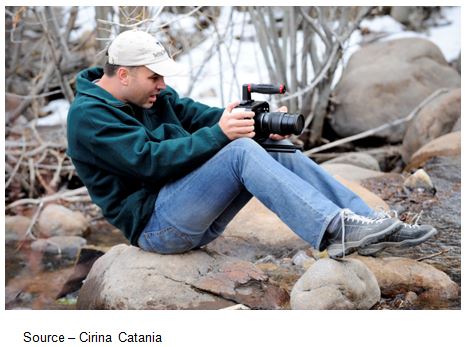 Glamour Shot – Indie cinematographer Colin Brown, steadies himself on the cold rocks of a dry riverbed on location in Monitor Valley, NV for a documentary being produced by The Catania Group.
Glamour Shot – Indie cinematographer Colin Brown, steadies himself on the cold rocks of a dry riverbed on location in Monitor Valley, NV for a documentary being produced by The Catania Group.
These cinematographers start digital and stay digital. All it requires (you know I’m going to say it) is tremendous amounts of storage. High-speed storage.Storage that starts on set and continues all the way through to final release.
All of the leading cameras today – Blackmagic, AJA, Panasonic and even high-end cameras like RED – use SSD (solid state drive) because it’s fast, rugged – stands up very well in rugged usage/rugged environments, provides decent storage capacity (4K shooting requires 4X more capacity … dduuhh).
Claudia saw the stacks of drives and said, “I just saw your whole life flash before my eyes!” Uncompressed HD requires data rates up to 200 MB/second. The latest video format, 4K, requires anywhere from 38 MB/second to 2.2 GB/second; depending upon compression technology, frame size, frame rate, and codec! And SSD is relatively inexpensive – 960GB – $650 – and it’s the only solution for capturing 4K and staying portable.
“The price can obviously be lower because indies and other pros go through SSDs like old-time studio moguls used to go through Tums,” Jordan said. “But still, its way less expensive than dropping frames, losing entire scenes and going back to reshoot a segment – if you can. On the other hand, the price per SSD is still high compared to spinning media or film, which means that we need to recycle SSDs during production, which means that storage doubles and triples just to maintain backups. Media production revolves around storage and archiving technology.”
Media failure is not an option!
That’s part of the message his panel and he will be telling the audience at the Flash Memory Summit in Santa Clara in early August.
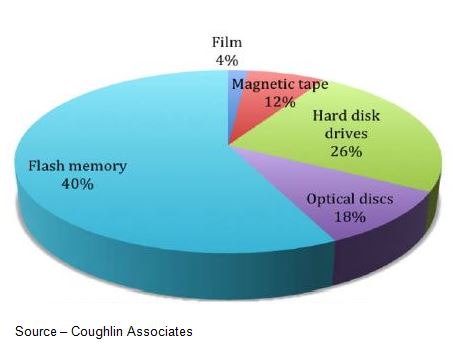 Rugged Capacity – Most of today’s low-cost and high-performance cameras use SSD to store video content because it is rugged, light, power-conservative and relatively inexpensive. The camera is important for great cinematography but ultra-reliable storage media is vital because reshooting scenes is not only expensive but often impossible.
Rugged Capacity – Most of today’s low-cost and high-performance cameras use SSD to store video content because it is rugged, light, power-conservative and relatively inexpensive. The camera is important for great cinematography but ultra-reliable storage media is vital because reshooting scenes is not only expensive but often impossible.
When the SSDs are filled, most cinematographers will transfer their content to fast, high-capacity HDs for production/post production at home so they can recycle the SSDs back into production. But this also means that the master files are totally dependent upon the reliability of storage. 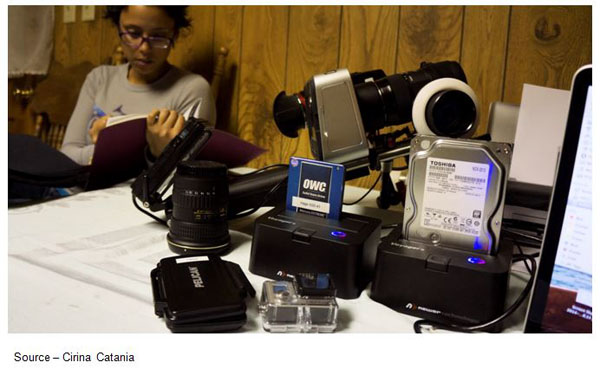 Video Transfer – Indie and business cinematographers transfer, check and back up their video as quickly as possible to inexpensive, high-performance, high-capacity HDs. Most of these individuals and organizations operate on minimal budgets so mouth-watering production/post production systems are out of their reach and large storage racks don’t lend themselves to portability. Manual shoot logs help them keep track of their activities but don’t simplify the task of finding the specific scenes on 2-4 different HDs.
Video Transfer – Indie and business cinematographers transfer, check and back up their video as quickly as possible to inexpensive, high-performance, high-capacity HDs. Most of these individuals and organizations operate on minimal budgets so mouth-watering production/post production systems are out of their reach and large storage racks don’t lend themselves to portability. Manual shoot logs help them keep track of their activities but don’t simplify the task of finding the specific scenes on 2-4 different HDs.
While most folks think of post production in terms of adding fades, wipes and the special effects you see on the screen, it’s more.
Warehouse’s Claudia agreed, “I actually thought it’d be more.” As an executive at AJA noted, demand drives quality and today, people expect ultra quality in everything they view – YouTube entertainment, support/training pieces, documentaries and OTT (over the top) shows/movies. Higher-resolution content and deeper/richer colors drive storage requirements higher and higher. 4K is four times as big as HD content.
At the same time, newer encoding/decoding, compression technologies reduce bandwidth and storage requirements. Still, most editors and producers retain every bit/byte of content, even if it doesn’t make it into the final cut. It’s estimated that only 10-25 percent of the content is seen by more than the production team, but it is all saved … just in case. 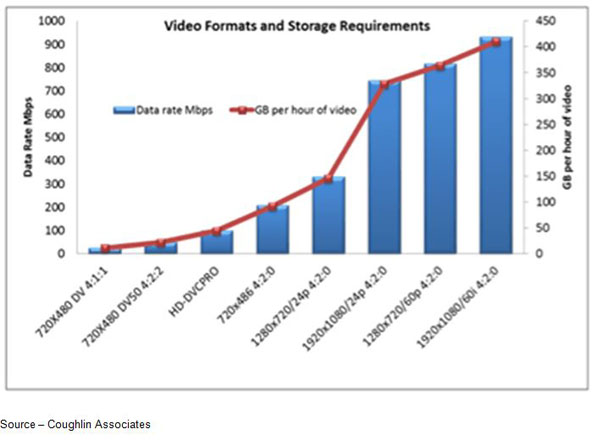 Image Growth – Today’sHD and 4K UHD videos look fantastic on the screen but the depth and pixel density continues to rise as the industry pushes for ultra image quality. The result is the need for more and more storage capacity.
Image Growth – Today’sHD and 4K UHD videos look fantastic on the screen but the depth and pixel density continues to rise as the industry pushes for ultra image quality. The result is the need for more and more storage capacity.
Storage capacity requirements just continue to grow. Smells like a helluva’ growth opportunity for Amazon, IBM, MS and the other cloud folks – lots of content; widely dispersed production specialty houses; do it cheap, do it fast, do it right … once.
Yes and no.
First, the days of the huge budgets are gone and they aren’t coming back. Large production houses today outsource the majority of their production/post production to folks who are located across town or halfway around the globe.
To keep these projects moving, companies like AJA and Harmonics have migrated to compressed workflow solutions that are less dependent on high bandwidth. The cloud is great for passing around segments of the work while they keep the RAW, progress and final production in their facilities safely, securely, reliably in huge SSD/HD storage racks.
Second, the 100s of thousands of indies and production houses never saw those budgets but for them – and anyone who reads security stats, the Cloud is still totally insecure, unreliable and way, way WAAAYYY too slow for sending ultra-big files to all of the people who have to work on the project, regardless of the marketing claims of Cloud vendors.
Claudia countered, “Oh, sure, it sounds bad when you say it like that.” 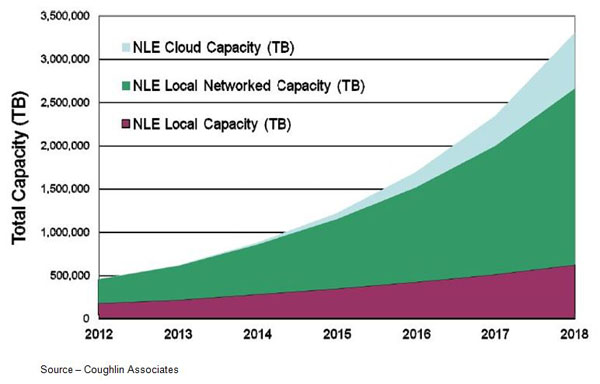 Passing Fancy – Cinematographers and studios take a lot of factors into consideration when they store their precious and often irreplaceable content – cost, reliability, availability, security. Indies, small/medium production houses and businesses as well as larger operations continue to keep their content local where it is safe from prying eyes.
Passing Fancy – Cinematographers and studios take a lot of factors into consideration when they store their precious and often irreplaceable content – cost, reliability, availability, security. Indies, small/medium production houses and businesses as well as larger operations continue to keep their content local where it is safe from prying eyes.
As a result, small organizations (1-10 people) use laptop and desktop workstations like Thunderbolt 2/USB 3.2 external 10-20TB storage solutions and stacks of high-capacity enterprise grade HDs. A few may have an IT (information technology) specialist on the team or a creative who pulls double-duty, but it’s the exception rather than the rule.
This is probably also why they have been some of the first to move to new software RAID solutions so they aren’t locked in to a rigid hardware structure, can quickly/easily swap-out and move around drives and make absolutely certain no pixel, no frame is lost. Of course, in exchange for gaining their freedom and the agility to do their creativity on their own terms, they’ve also given up some luxuries.
A single video project easily results in 2-4TB of stored content; and it’s not uncommon for them to have 100TB of RAW, work in progress, finished videos and scrap sitting around. Finding just the right scene, the segment they need can be annoying! 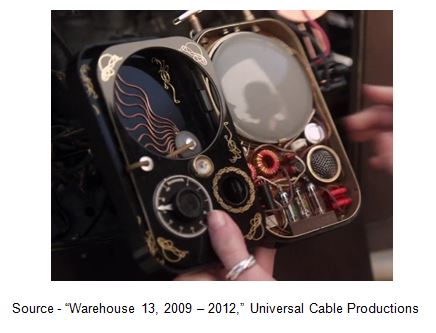 Artie was more pragmatic as he looked through the logs, “Unfortunately, the Warehouse filing system never quite caught up to the computer age.
Artie was more pragmatic as he looked through the logs, “Unfortunately, the Warehouse filing system never quite caught up to the computer age.
“But,” he added, “Never rule anything out.”
Story from Content Insider #347

